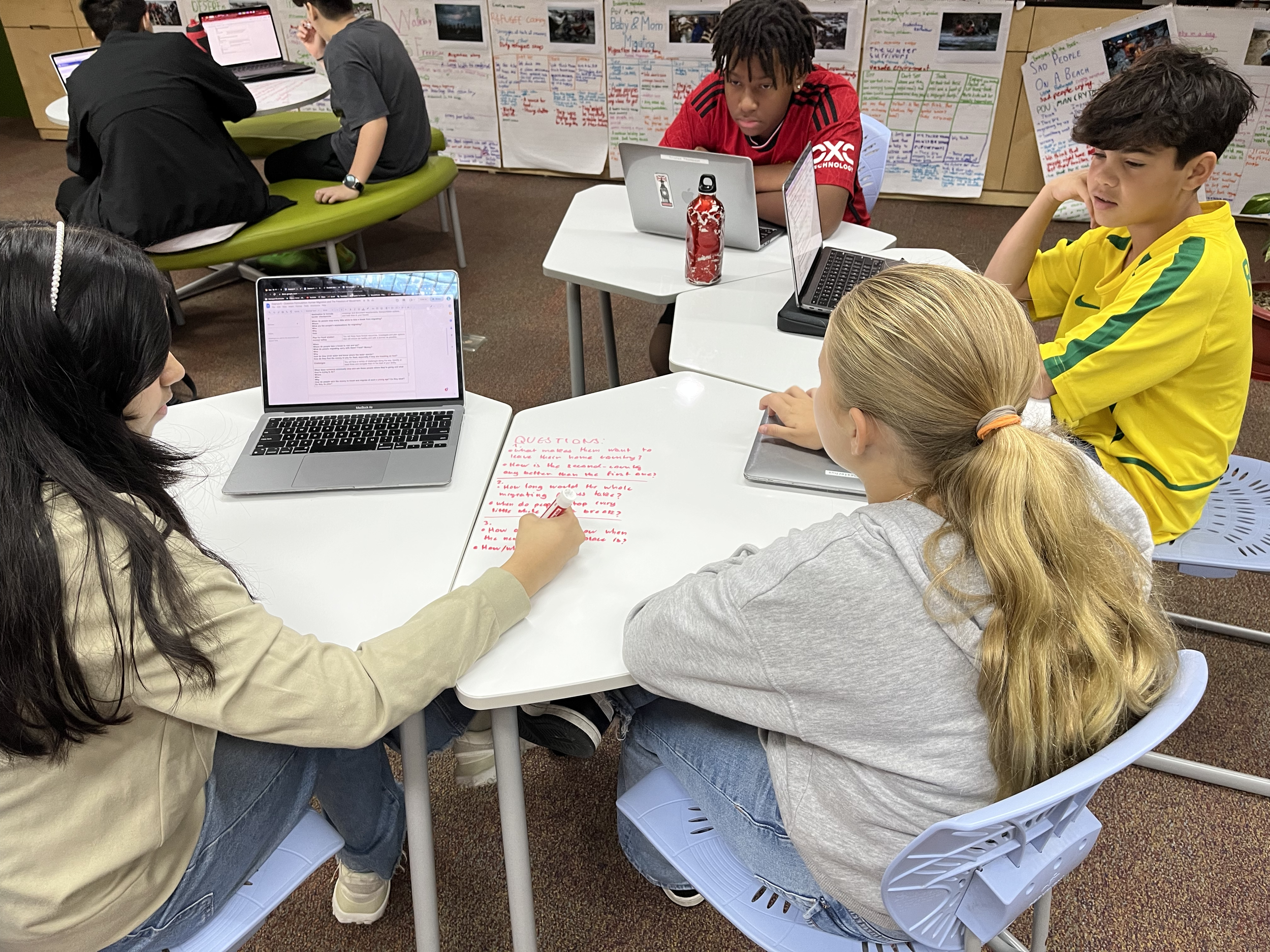Embracing the Messy Process of Activating Empathy in Middle Years Social Studies
If you happen to walk through a certain busy intersection in the American Embassy School in New Delhi, India, you might be treated to a sight that illustrates the profound value of empathy in the educational experience of young adolescents.
Students at AES New Delhi are engaging with critical world issues through developing research questions to begin their inquiry.
You might see parents, teachers and students scanning QR codes on student-designed projects in order to hear compelling fictional first-person narratives created by the students of Middle School Social Studies Teacher Jenn Call. What’s so special about these accounts is that they are created by her students using personas that utilize the perspective of a person who lives in a world that is vastly different than their own. The voice is that of a migrant who is forced to move as the result of real-world ‘push factors’.
Broadening Opportunities for Community Engagement
The authenticity of these voices was substantially impacted by the students’ interactions with Sofia, an Afghan immigrant whom the students met at the outset of their learning journey. Jenn explains that, “it was incredibly powerful and moving to hear about Sofia’s perseverance as her family navigates the asylum seeking process in India.” For many students, this was their first opportunity to hear direct accounts of forced migration and, thus, Sofia’s influence is felt in the sincerity of the student project responses.
This important step of giving a public audience to the project outcomes, says Jenn, is credited to her thought partner, Aaron Moniz, of Inspire Citizens. Aaron is deeply involved as a facilitator at AES, and Jenn welcomed the opportunity to engage Aaron in the vision process of this migration unit.
“Aaron is really a great sounding board,” says Jenn. “Unit planning is always a work in progress and it's helpful to have those who understand that and who are willing to work beside you as you go through that process.”
Seeking Creative Solutions to Impacting Others
When it came to sharing the final product with the community there was some blue sky thinking about how the work could be used to evoke empathy in others. “Aaron made the great recommendation of sharing these stories with our immediate community,” recalls Jenn. “So we created QR codes for all of the projects.”
And while the products range from artistic renderings to videos to e-books, Jenn made sure she didn’t lose sight of the real goal. Behind the impressive and engaging products is the messy-but-essential process of shifting the heart. Jenn considers herself to be as much an inquiry teacher as a social studies educator, she explains.
“It’s really about helping our kids develop a real understanding of ‘What does it mean to have freedom of movement? Who actually has freedom of movement? What is it that is restricting those who lack freedom of movement? And how can we understand what's happening in the world now with true empathy?’”
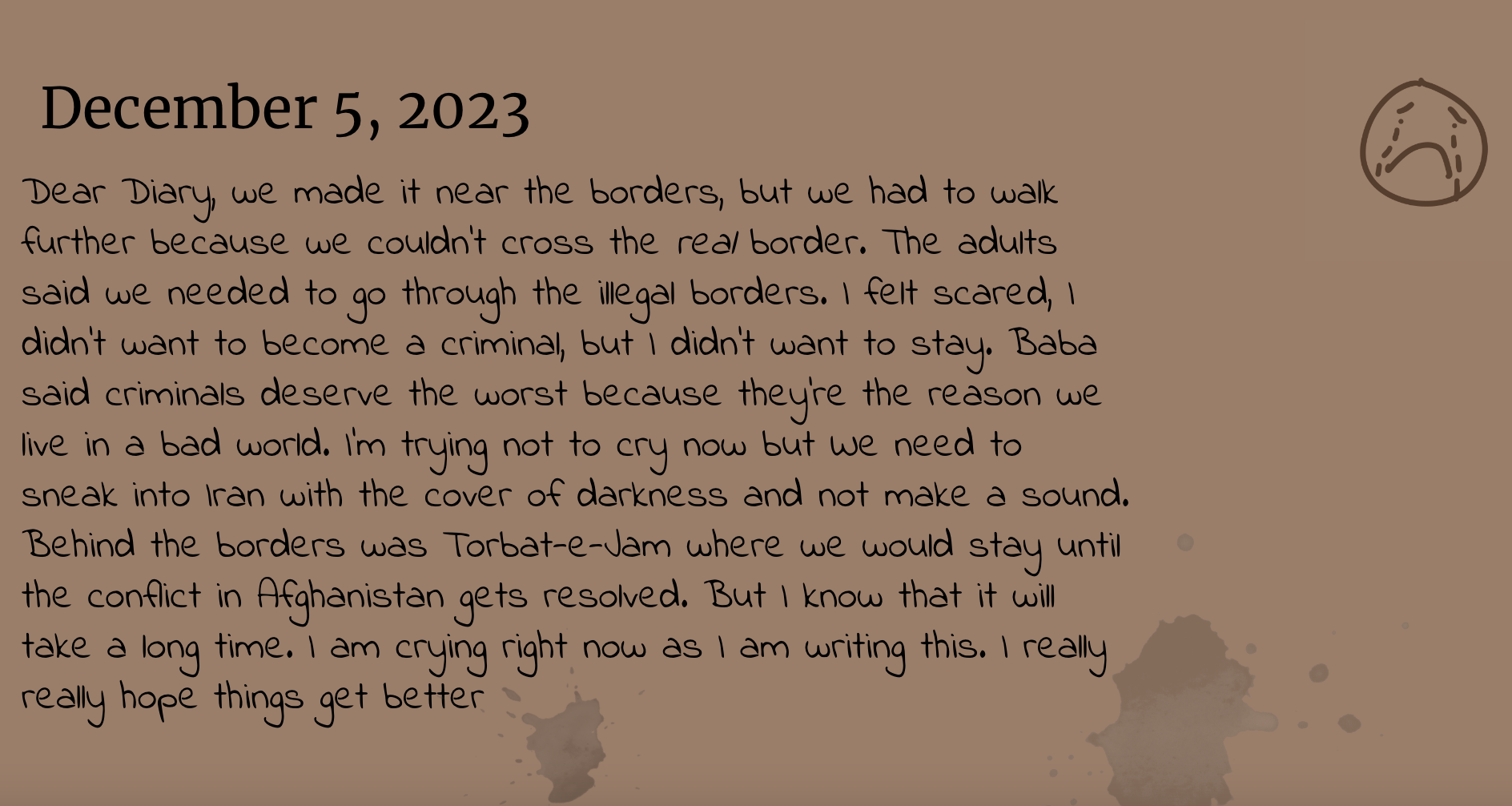
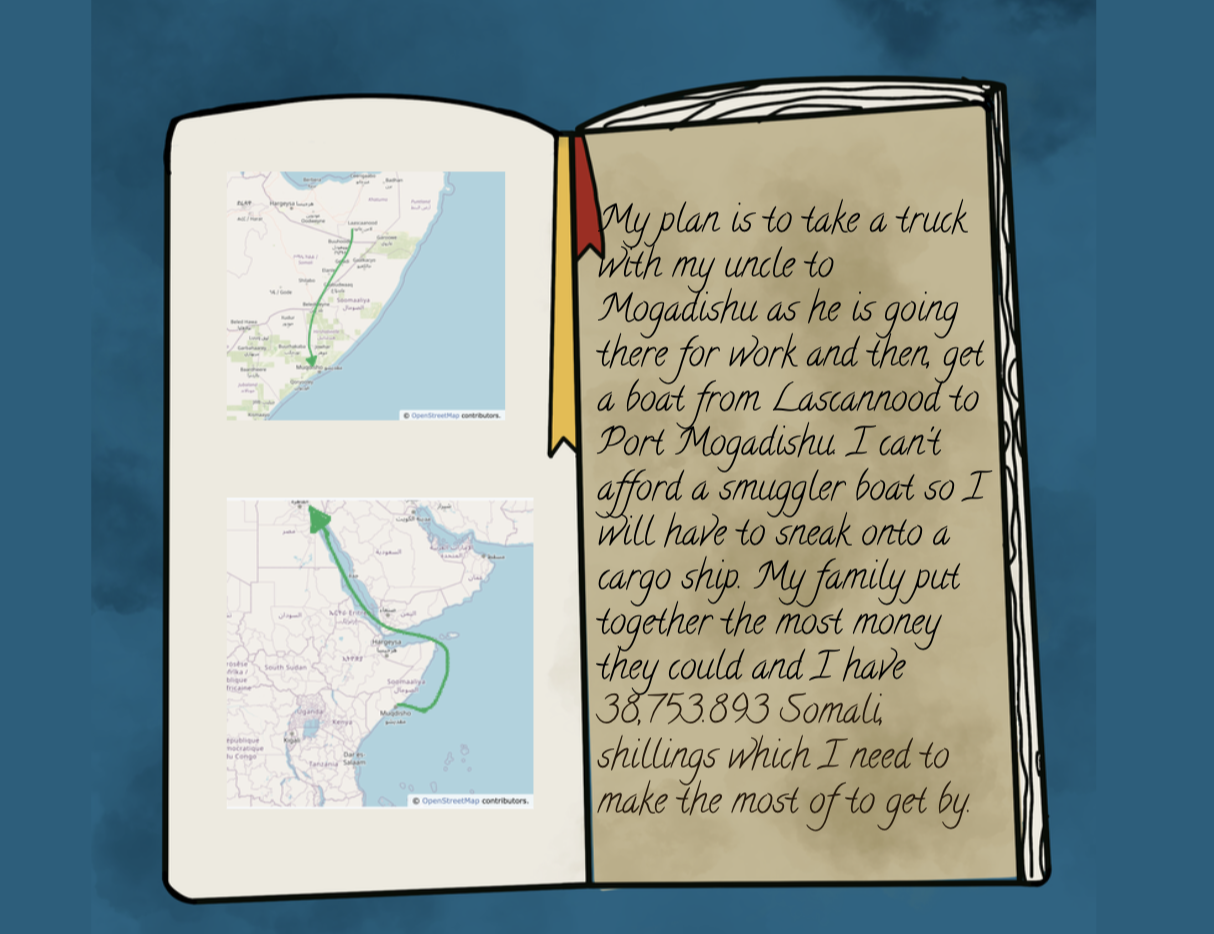
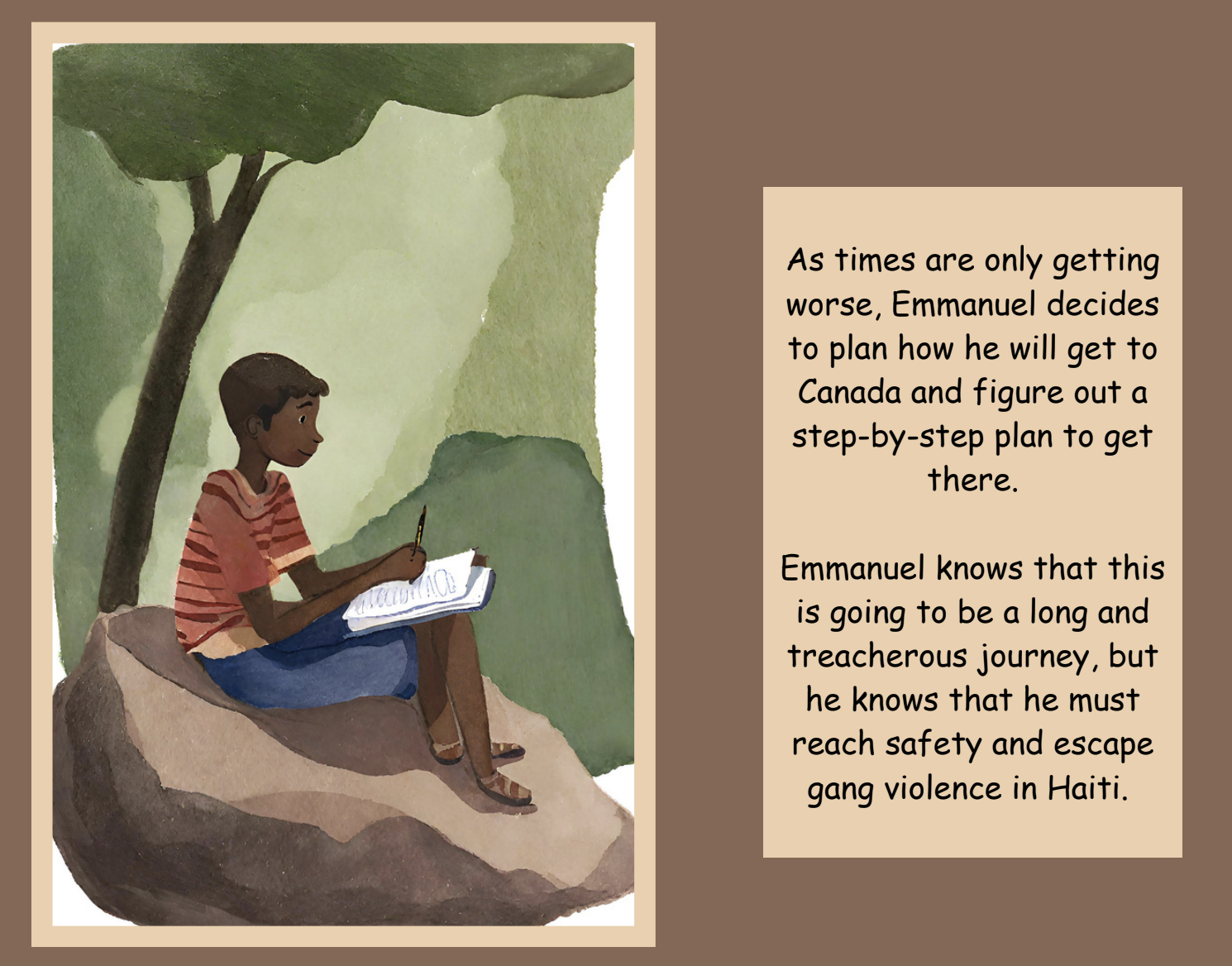
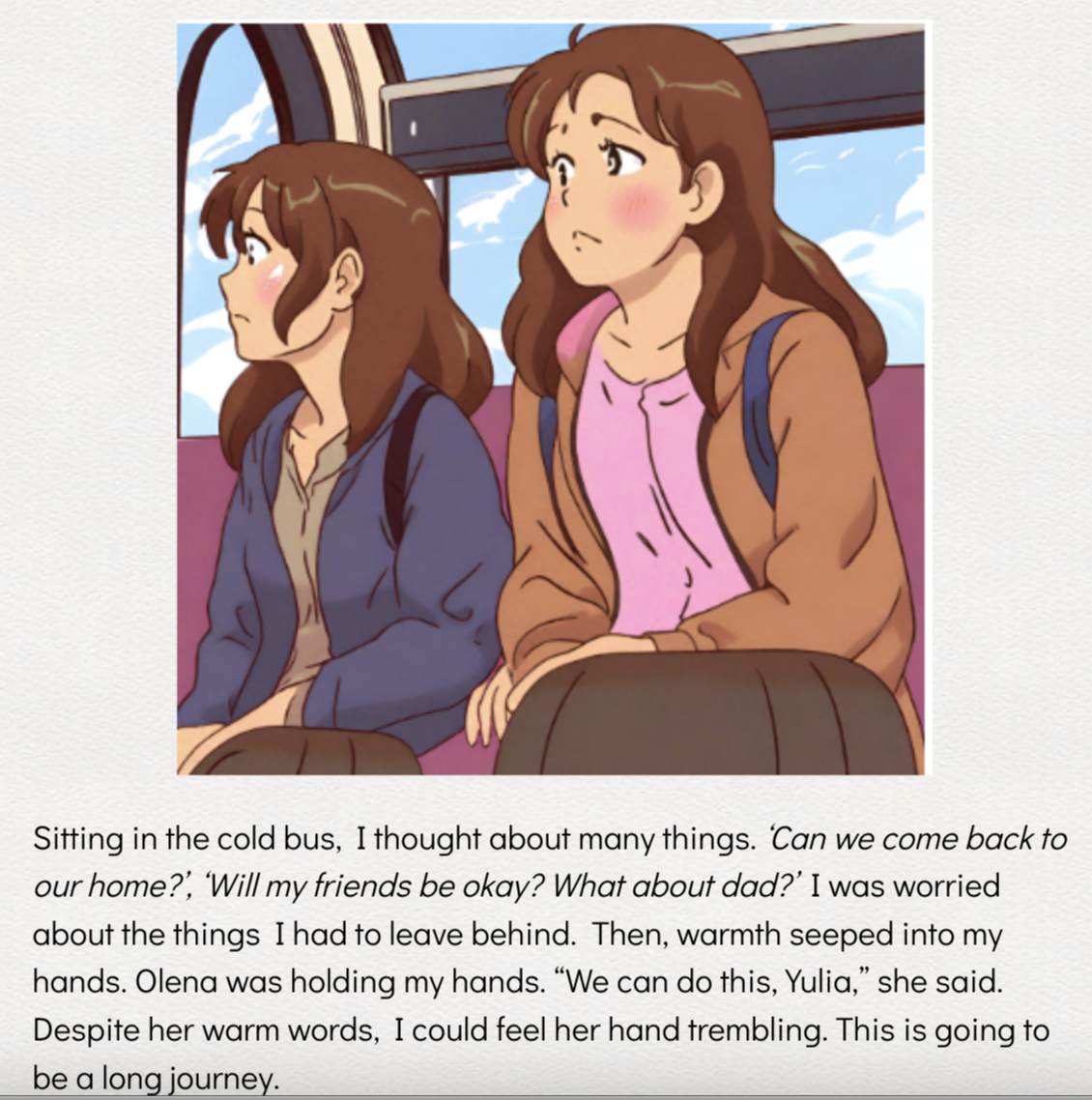
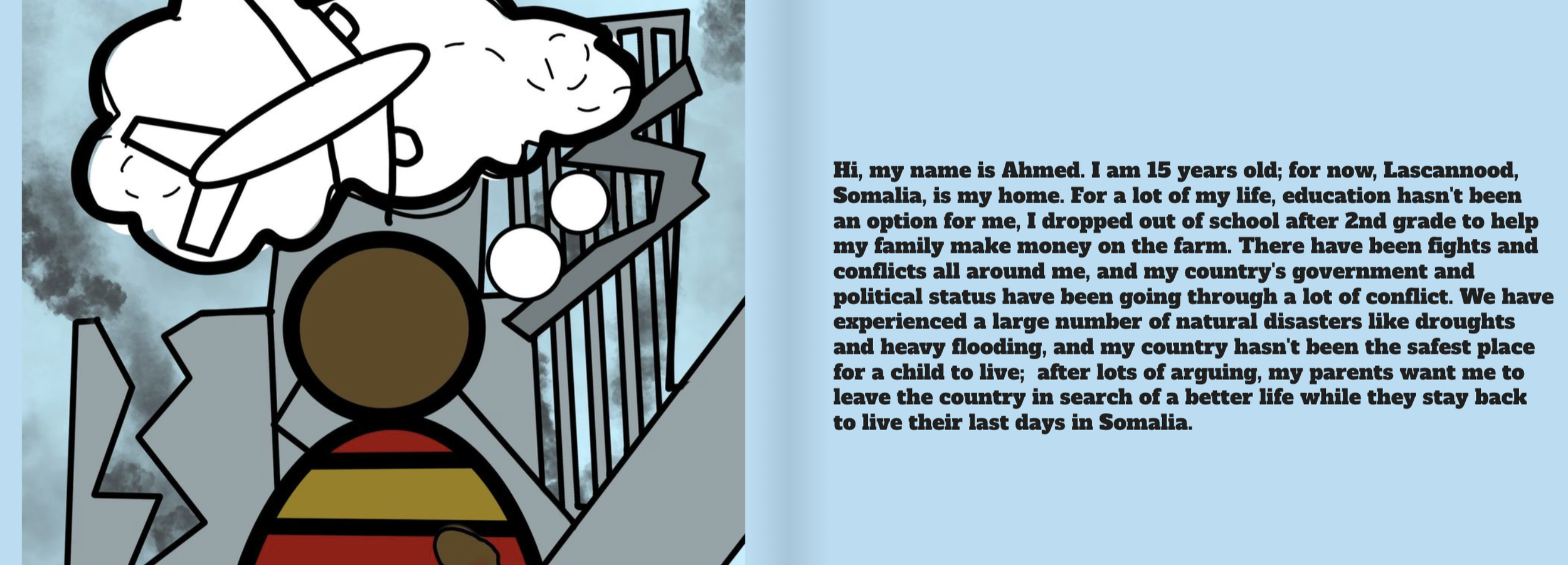
Adopting the Empathy to Impact Model
While politics is often at the core of migration issues, Jenn intentionally sought to have students develop the far more transferable concepts that emanate from the Inspire Citizens Empathy to Impact model.
“Our inquiry started with current events,” she explains. Then students were guided to a wealth of vetted primary sources including firsthand accounts obtainable through social media. Videos, photographs and written narratives served to build caring and awareness. “As long as we can make sure they're getting relevant and reliable information, then I think we definitely need to be flexible in how we give that to them,” she says.
When Jenn reflects on the particular challenge of keeping 13- and 14-year olds on task while accessing social media for educational purposes, she suggests that a great deal of vigilance was needed on her part. She earnestly embraced the uncertainty of the whole effort because of the highly relatable format that the accounts came to the students in. “It gives it to them in little bites of information,” Jenn explains. “It’s ideal for them to be able to get things in these snippets that they're able to make sense of, versus having to really explore and process extended texts about this topic.”
The challenges of incorporating recent and relevant information have yielded great dividends as the final projects, developed by student teams of 3 or 4 members, have been able to impact the wider community by being intentionally shared in a public venue. In so many respects - research, reflection, collaboration, creativity and communication - this undertaking has been highly successful.
Jenn’s thought partner Aaron checked in at the unit’s conclusion to listen, to encourage and to help envision. She was happy to celebrate the process as much as the outcome. Like all master educators, Jenn is already thinking about applying what she’s learned to the next iteration of this unit and beyond.


